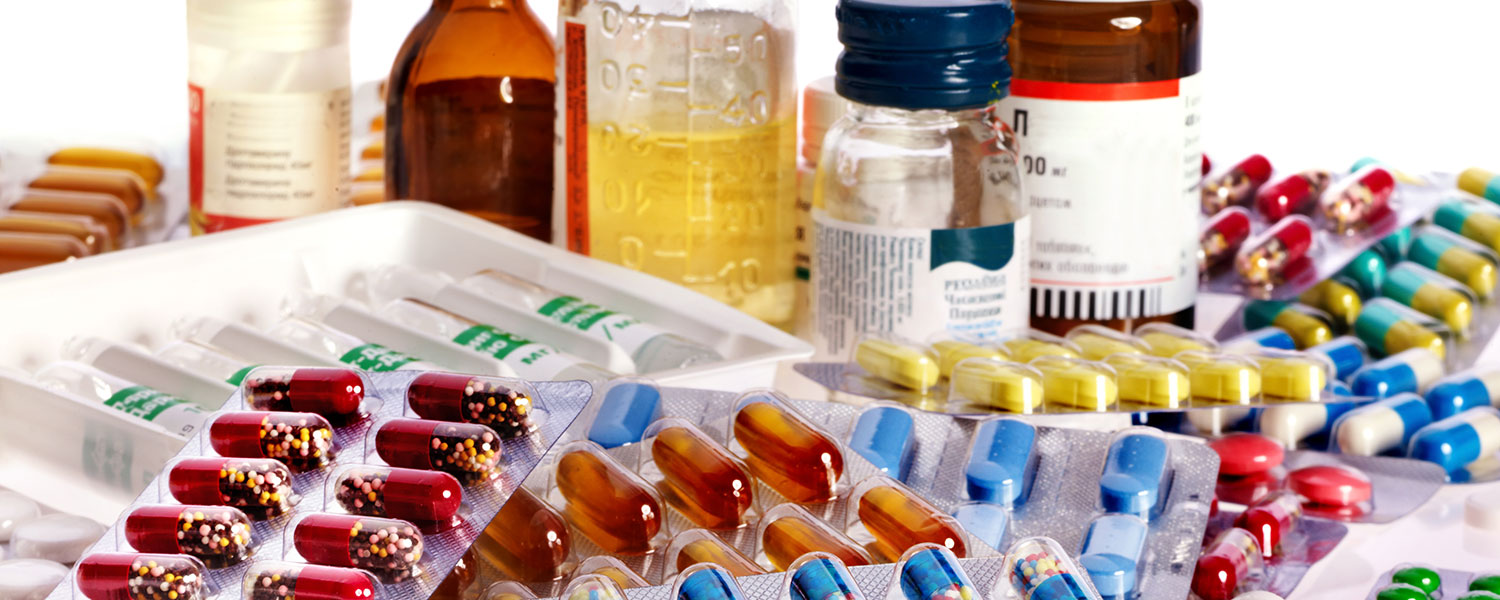Iranian pharmaceutical company Behestan Tolid has wrapped up partnership negotiations with Merck Sharp & Dohme and is waiting for the Health Ministry’s go-ahead to start licensed production, a partner of the Iranian firm said.
Naser Riahi, who also leads Iranian Pharmaceutical Importers Association and is a member of Iran’s Chamber of Commerce, Industries, Mines and Agriculture, told Financial Tribune that licensed production is the key to the success of Iranian pharmaceutical industry.
“The licensor will keep a close, constant watch on the quality of product as their brand name is worth more than all their assets. The production of a single drug under the license of international heavyweights would help build up a high reputation for indigenous companies,” he added.
Even before the imposition of nuclear sanctions against Iran, multinational food and drink companies Nestlé and Danone were present in Iran, producing dairy products and food supplements.
Germany’s biotechnology company Biotest had a 49% ownership in Iran’s Biodarou in the pre-sanctions era.
Licensing agreements have been reached between several Iranian pharmaceutical companies and their international counterparts in recent years including, but not limited to, Zahravi Pharmaceutical Company and Swiss Roche, Modava Pharmaceutical Company and Swiss Novartis, Abidi Pharmaceutical Company and France’s Sanofi, and Behestan Tohid’s partnership with Switzerland’s Sandoz and Japan’s Astellas Pharmaceutical Company.
Nuclear sanctions imposed on Iran did not affect business with pharmaceutical companies holding patents to the most advanced medicines. Yet, importers faced banking restrictions and transactions.
The nuclear deal, formally known as Joint Comprehensive Plan of Action, has made imports cheaper by 30%, encouraging foreign companies to invest in the country.
Asked about the quality of medicines produced locally compared with imported ones, Riahi said Iran’s Food and Drug Organization regulations are very stringent when it comes to control and supervision of food safety and medications.
Pharmaceutical companies are obliged to use domestic raw materials in their products that might at times lead to slightly-varied qualities of drugs.
FDO statistics show that close to 97% of the medicines available in Iran are supplied by domestic producers whereas imports account for 30% of Iran’s medicine market in terms of value.
About 105 trillion rials ($2.8 billion) worth of pharmaceuticals were produced (and consumed) and 38 trillion rials ($1.01 billion) were imported (and consumed) in the last Iranian year (ended March 20, 2017). Iran’s meager exports hovered around $70 million last year.
Smuggling Estimate: From $400m to $1.5b
Although there aren’t any exact figures on smuggling of prescription drugs due to the nature of the phenomenon, FDO estimates smuggling in this field to be worth $400 million to $500 million, the Ministry of Industries, Mining and Trade puts the figure at $700 million to $800 million and the Consumer and Producer Protection Organization of Iran claims $1.5 billion in contraband medicine in the last Iranian year.
Under the 2014 Health Reform Plan, restrictions were imposed on pharmaceutical imports. Sales of imported prescription drugs were down to 842 million pharmaceutical dosage forms (tablets, vials, ampoules, etc.) in the fiscal 2015-16 from 1,240 million in March 2014-15 and 1,580 million in March 2013-14.
Production of prescription drugs quickly returned to 35 billion in March 2015-16 after a surge to 39 billion the year before.
Scope of Import Market
Medicines administered to patients suffering from refractory and rare diseases are the main category of drugs imported into the country because they are of limited use, not only in Iran but also in other countries.
Only the United States and Switzerland manufacture such medications and the rest of the world buys them from the two, as their local production is not economically viable.
The shortage of a specific drug is another justification for imports. Drug shortages are caused by many factors, including difficulties in acquiring raw materials, manufacturing problems, regulatory issues and business decisions, as well as many other disturbances within the supply chain.
Another group of imported medicines are those of the original brand that have domestic generic drugs but should be bought for the country in limited number due to “technical reasons”, otherwise they will be smuggled into the country.
There is also a class of medications that are particularly rare such as post transplant medications prescribed for chronic, long-term conditions. Patients taking such imported drugs have to take them for the rest of their lives and do not risk shifting to locally-produced counterparts. Patients and their physicians, however, prefer medicines of the original brand.
The proportion of these imported medicines has remained almost unchanged in the past few years. Official figures for March 2015-16 put the total value of Iran’s pharmaceuticals market at 120 trillion rials ($3.2 billion).
Pharmaceutical imports stood at 35 trillion rials ($933 million), those which did not have locally-produced generic drugs made up 26 trillion rials ($693 million) of the total import figure and 9 trillion rials ($240 million) pertained to medications with domestic counterparts.
Medicines imported because of shortage were worth 3 trillion rials ($80 million), those of original brand valued at 3 trillion rials ($80 million) and 2 trillion rials ($53.3 million) pertained to medications that had to be imported due to technical reasons.
Controversial Import Quota
Since two years ago, FDO has set a restricted import quota for pharmaceuticals at $1 billion. But Riahi believes such a limitation on the quantity of imports has given rise to smuggling and along with it the possibility of the entry of counterfeit medicine.
“Legal imports guarantee the safe transport of medicines, strict supervision over storage, temperature and environmental conditions within which the drug has been transported from the country of origin to the destination. Slight alterations in these conditions would allow the recall of imported drugs,” he said.
“On the other hand, insurance official have time and again stressed that reimbursements made to hospitals and pharmacies have been far higher that legal imports. In fact, the import quota has not helped local production; rather it has increased smuggling.”
Pharmaceutical costs follow an upward trend with an annual rise of 10% in all developed countries, thanks to the change in the population of those of ages 60 and above.
Over the past two years, 100 new drugs have been added to Iran’s drug list and 200 newly-imported medications have been registered by the Ministry of Health. For each of these newly-registered drugs, imports should increase by close to €1.16 million, suggesting that imports should have grown by $348 million by the end of the last fiscal year, which have not. This is another indication that placing a ceiling on imports of registered drugs has only boosted medicine smuggling.
Referring to the 5% tariff rate imposed on pharmaceuticals that do not have local counterparts and 35% on those with domestic alternatives, Riahi said this economic tool (tariff-setting) only encourages smuggling.
FDO’s Pricing Commission has also set a maximum tariff of 13% on the original price of imported medicine for the retail sale.
Pharmaceutical spending per capita in Iran stands at $54 compared to the global average of $132, Turkey’s $150 and $260 in Persian Gulf littoral states.



